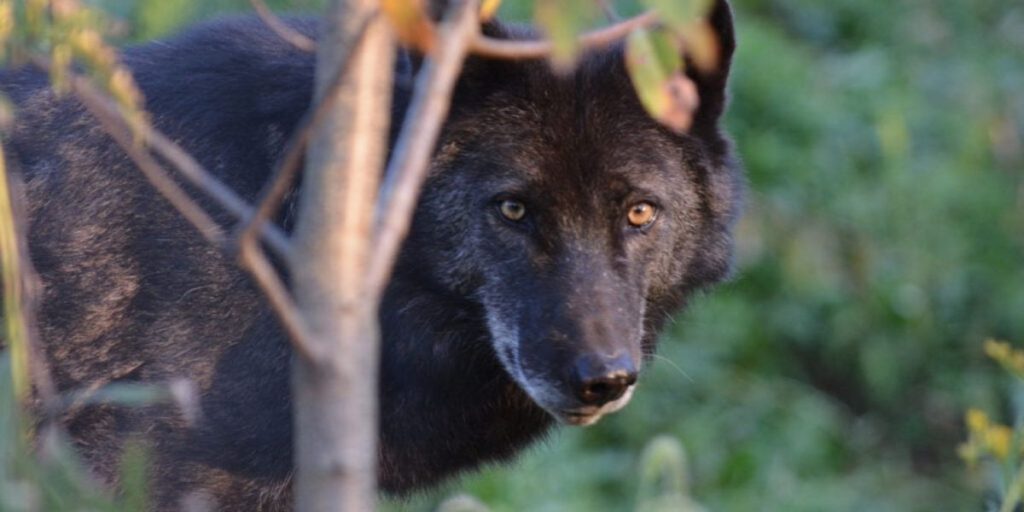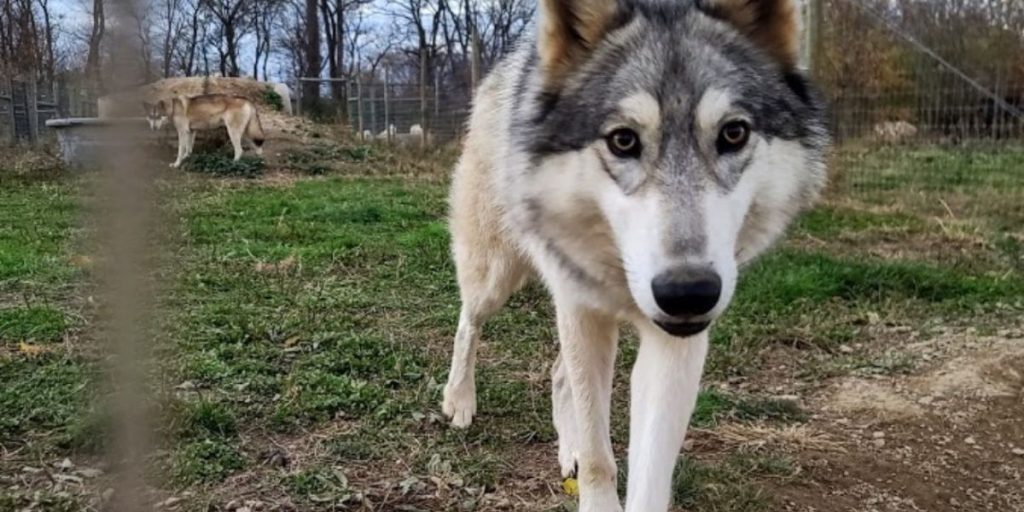Wolves are magnificent, clever animals who live in close-knit families. They care for both their young and their elderly, working together to maintain the overall well-being of the pack. For eons, gray wolves roamed most of North America as apex predators, managing prey numbers and maintaining ecosystem equilibrium.
When European settlers arrived, fear and competition for land drove them to hunt and kill so many wolves that they nearly went extinct. So, where do wolves reside in Pennsylvania now?
Are there wolves in Pennsylvania?
Gray wolves (Canis lupus) used to roam at least two-thirds of the United States, but they are now locally extinct in many states. This suggests that the wolf population has completely disappeared from specific places.
Fortunately, wolves have recovered in several states. They are now able to travel freely in western locations such as Yellowstone National Park in Wyoming, Montana, Idaho, and Oregon. In addition, populations exist in Michigan, Wisconsin, and Alaska.
Currently, Pennsylvania has no wild wolf populations. However, this does not indicate that there are no wolves in the state. In reality, just north of Lititz, PA, the Wolf Sanctuary of Pennsylvania provides a safe refuge for nearly 50 rescued wolves.

The Wolf Sanctuary of Pennsylvania
In 1980, Bill and Barbara Darlington founded the Wolf Sanctuary, a nonprofit organization. It is still run by the family today, with over 50 gray wolves and wolf dogs roaming over 80 acres of natural woodland. However, the Wolf Sanctuary of Pennsylvania is more than simply a safe refuge for these extraordinary animals; it also functions as an educational bridge between wolves and humans.
For generations, myths, traditions, and terrible stories have caused humanity to fear and detest wolves – but the Wolf Sanctuary is working to change that. Visitors can take guided tours of the sanctuary and learn the facts about wolves, including how important they are to the ecology as a keystone species and how we can coexist peacefully with them. There is a nice bed & breakfast right over the road, and you can even learn about each of the amazing wolves on the sanctuary’s website.
Also, Read: These 6 Dangerous Animals Are Invading Florida
Why Are Wolves so Important?
Wolves are adept predators in the wild, supporting the ecosystems in which they reside. As apex predators, they pursue prey species such as deer and elk. However, they are intelligent and intentional hunters who exclusively hunt weak and sick animals. Although this may appear terrible, it actually helps the deer herds stay healthy and vigorous. This keeps their populations in check while also maintaining environmental balance.

When wolves disappeared from Pennsylvania, the state’s deer numbers became uncontrollable due to a lack of predators. The massive deer populations graze on almost any vegetation they can find, decimating habitats across the state. They particularly enjoy sensitive young trees, making it harder for new ones to sprout. This also devastates the habitats of other small animals, disrupting the overall ecosystem.
Without wolves in Pennsylvania, smaller predators such as coyotes took over. The difficulty is that, while coyotes are excellent hunters, they are designed for much smaller prey. This means they can’t control Pennsylvania’s deer and elk populations the way wolves could.
Could wolves return to Pennsylvania in the future?
There are now no wild wolf packs in Pennsylvania, but many conservationists are attempting to bring them back. However, wolves require a large amount of open space to roam, hunt, and raise their pups. They cannot regenerate and thrive in locations with congested highways and human developments.
Scientists have been combing the state and have discovered a few good areas for wolves to thrive. These habitats are remote from human settlements, with extensive interconnected woods and good prey populations. However, there are still numerous factors to consider, such as whether these areas are large enough to support wolf populations in the long term. Another question is whether Pennsylvanians will be okay with wolves returning to their state. If the people aren’t on board, it can be quite dangerous for the wolves, with some even attempting to harm and punish them.
If wolves are reintroduced into the state in the future, the Pennsylvania Game Commission and the United States Fish and Wildlife Service will monitor their populations, ensure they have adequate habitat, and intervene in any human-wolf interactions to help residents coexist peacefully with wolves.
Read More:
- Explore the Most Abandoned Haunted Hotel in Pennsylvania That Will Thrill You
- This Has Been Named the Poorest Town in Pennsylvania